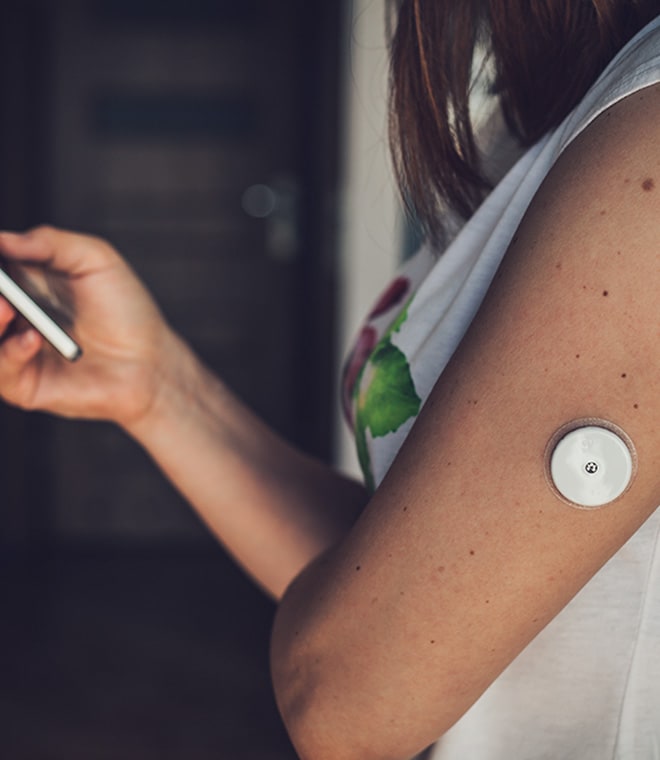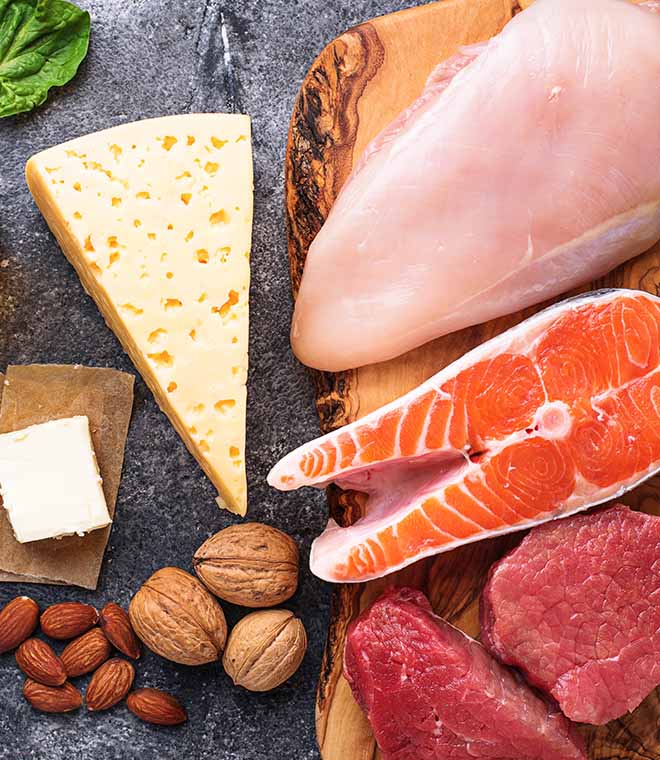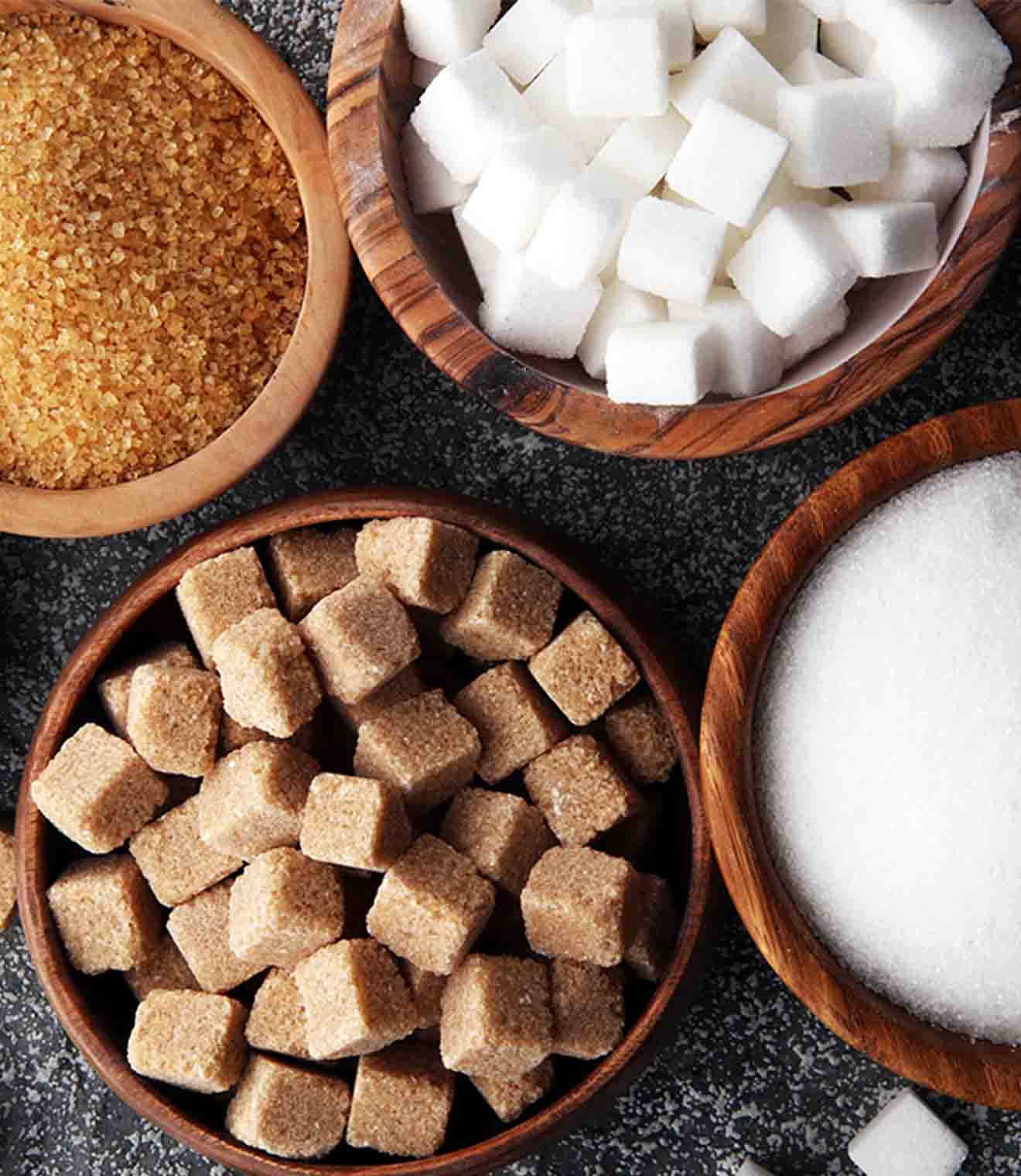Health
Eating dessert and staying healthy with diabetes
By Julie Davis Canter Sep 03, 2022 • 9 min
The old concept of a “diabetes diet” with no sweets and a stringent limit on other carbs is a thing of the past. With the right planning and approach, you can have dessert. High-nutrient foods come first, but so long as it’s in moderation and part of a healthy diet, you don’t have to forgo sweets entirely.
Make room for the occasional dessert
Many people with diabetes keep track of the total amount of carb grams they eat each day. You might have been given a carbohydrate goal for each meal and snack by your diabetes care provider. The carbs in your dessert—whether in a fruit-based treat or a piece of cake—need to be part of that total.
You know it’s important to stick to your carb goals. And a simple way to incorporate an occasional dessert into your meal plan is to swap out the starch portion of your main course. Exchange potatoes, pasta or bread for a small portion of your favorite sweet treat. When making a trade, look for ways to keep the total carbohydrate count in the meal the same. Comparing the grams of total carbs per serving on food labels can help when making swaps.
Sweet tip: If you choose to have dessert, plan your occasional treats with purpose. Decide which meals on which special days you’ll indulge, and mark them down in your food journal so you can look forward to them and not feel deprived.
Make healthy choices
Some desserts are smarter choices than others. Here are some general tips that may help you decide what treat to choose.
Think fruit first. While a medium pear and two Oreo cookies have about the same number of carbs, the pear delivers a lot of nutrients, and its fiber content can help the natural sugars be digested more slowly. Fruit-based desserts, like baked apples, grilled pineapple or peaches, and poached or roasted pears are just a few of the ways a piece of fruit becomes—ta-da!—dessert. Unlike fruits, which are part of a healthy diet, sweets from cookies, cake and candy don’t supply many nutrients and should be eaten less often.
Pick a well-rounded dessert. Just as you balance carbs with protein and heart-healthy fats at your main course, enjoy desserts that do the same. You could go with a parfait with layers of nonfat yogurt, sliced fruit and chopped nuts.
Read the labels. When shopping for packaged desserts, compare the nutrition facts labels to choose treats with fewer grams of total carbs per serving. Any fiber is a bonus. Also consider whether the serving size is large enough to satisfy you—it may be a lot smaller than the portions you’re used to.
Divide and conquer. When buying sweets at a bakery or ordering at a restaurant where carb counts aren’t available, eat only half or share dessert with someone else at the table.
Make it yourself
When you’re in control, you can make ingredient swaps to lower carbs, boost nutrients and help lower your chances of spiking your blood sugar.
Replace some or all of the sugar in your recipe. Naturally derived sweeteners, like stevia, add sweetness without carbs and have less effect on blood sugar. Follow package information to find the right equivalent amount—some are too sweet to be used cup for cup.
Replace some or all of the refined grains. Whole grains have fiber, a great nutrient for a healthy diet. Try replacing one-third to one-half of the white flour in a recipe with whole wheat, white whole wheat, whole wheat pastry flour or a nut flour. Bake fruit topped with a rolled oat crumble instead of in a traditional pie, and make rice pudding with brown rice instead of white rice.
Choose dark chocolate. Swap a variety made from 70% or higher cacao for semi-sweet or milk chocolate. One ounce has just 13 grams of carbs, 3 of which are fiber, making it a great dessert on its own. Pure cocoa powder gives great chocolate flavor without any added sugar.
Include fruit when possible. Berries are delicious dipped in melted chocolate. And frozen fruit chunks turn into “nice creams” in a blender. Process semi-frozen mangoes or raspberries for instant sorbet, or banana slices and cocoa for a chocolate ice cream alternative. Avocados can be whisked until smooth and then flavored for a mock mousse.
Sweet tip: Use extracts like vanilla, almond and peppermint to boost flavor while minimizing carbs.
What about candy?
When you get a craving, make candy your dessert rather than a stand-alone snack. Because it’s high in carbs, the portion size will be small. Here’s what roughly 15 grams of carbs get you:
- 1 fun size of M&M’s
- 1 fun size of most candy bars, like Twix, Mars, 3 Musketeers, Nestle Crunch or Kit Kat
- 3 Hershey’s miniatures or 5 Kisses
- 8 SweeTarts
- 8 gummy bears
Candy labeled as sugar-free often contains sugar alcohols like sorbitol, xylitol and mannitol. Sugar alcohols are a type of carbohydrate and can raise blood sugar, but they have less of an effect than regular sugar. On the other hand, eating large amounts of sugar alcohols can cause some unpleasant side effects, like diarrhea and an upset stomach. Remember to read labels so that you know what’s inside the package.
Gone are the days when dessert was banished for people with diabetes. Follow these tips and always remember to keep sweets in moderation, and you’ll be able to enjoy after-dinner treats.
Published September 2022.
Sources:
- https://www.mayoclinic.org/diseases-conditions/diabetes/in-depth/diabetes-nutrition/art-20047654
- https://www.hopkinsmedicine.org/health/wellness-and-prevention/finding-the-hidden-sugar-in-the-foods-you-eat
- https://fdc.nal.usda.gov/fdc-app.html#/food-details/169118/nutrients
- https://www.med.umich.edu/1libr/MEND/Diabetes-SnackOptions.pdf
- https://www.diabetesfoodhub.org/recipes/cinnamon-maple-grilled-peaches.html
- https://www.diabetesfoodhub.org/recipes/cinnamon-roasted-pears.html
- https://www.lancastergeneralhealth.org/health-hub-home/2022/may/sweet-success-dessert-ideas-for-people-with-diabetes
- https://share.upmc.com/2021/08/desserts-for-people-with-diabetes/
- https://www.hsph.harvard.edu/nutritionsource/food-features/dark-chocolate/
- https://www.urmc.rochester.edu/childrens-hospital/nutrition/candy.aspx


